Rethinking Retail Fulfillment
The CEO of e-commerce fulfilment provider Radial breaks down effective fulfilment strategies and the bounty they can provide.
The global retail industry is undergoing a fundamental restructure, following a strong 2023 winter holiday season paired with ongoing macroeconomic obstacles.
In the key US market, recent census data showed a 3.8% increase in 2023 holiday sales. But according to the country’s National Retail Federation, maintaining this upward trajectory into the rest of 2024 will depend on the labour market and interest rates.
On top of these broader issues, retailers are balancing consumer demands for fast and intuitive fulfilment with higher-than-expected fuel and shipping costs.
Fulfilment is the core pillar of retail operations. Some brands are taking it in-house, while others partner with logistics providers.
To unpack the complexities of the fulfilment landscape, Retail Insight Network spoke to Laura Ritchey, CEO of e-commerce fulfilment provider Radial, about how retailers can strategise this essential operational sector.
Effective fulfilment strategies
Ritchey asserts that reliability is the starting point for any retail fulfilment process.
“Customer loyalty is built through a seamless brand experience, from click to delivery. It is easy to forget that every successfully delivered product sparks joy, and every product that doesn’t make it is a true letdown.”
Providing an example of the emotion behind the customer experience, Ritchey highlights unboxings, which she describes as “the only moment in the customer journey where it is guaranteed the customer will open and engage with your product. This can be an impactful opportunity for a brand to showcase its personality.”
As well as ensuring reliability, retailers should also make their fulfilment strategy holistic, end-to-end and agile, Ritchey says.
“One thing we’ve learned from the global challenges in the last few years is that disruption can happen at any point along the supply chain. To adapt quickly when issues arise, retailers need to be hyper-focused on visibility across the entire supply chain ecosystem.”
Handling such disruptions and driving new growth is achieved by implementing an integrated approach to systems, technology, resources and suppliers.
Collaborating with logistics providers
Some retailers choose to outsource logistics services, which brings its own opportunities and challenges.
Ritchey explains that “the relationship between a brand and logistics provider looks a lot different than it used to. In the last few years, it has transformed from transactional to truly collaborative.”
A recent case of such collaboration is the partnering of European variety store chain Flying Tiger Copenhagen with logistics company Maersk to substantially reduce the greenhouse gas emissions associated with retail logistics.
A shared priority in the retail industry now is end-to-end visibility, which Ritchey says is a lesson learned from disruptions.
This positive shift can empower brands with agility and resilience, while logistics providers benefit from deeper client relationships and long-term success.
Retailers and logistics partners must maintain this relationship when times get hard. Ritchey confirms that macroeconomic forces and cost-cutting pressures can rock the boat, but “a good partner will be able to react quickly when fluctuations occur. In the event of an unexpected 10% jump in volume, can they still get those customers their orders in a timely fashion? These are the moments where brands can win additional market share – and they need to deliver.”
Staying attuned to customer preferences
Ritchey compares meeting customer expectations to playing a game: as she says, “you can’t win if you don’t know the rules.”
Retailers stumble when they’re out of sync with customer expectations. To master the game, brands must stay attuned to customer expectations for seamless and optimised customer experience.
Radial research has found that customer demand is shifting away from prioritising fast delivery to focusing on reliable and affordable delivery. But Ritchey warns that while free or low-cost shipping might be an enticement during the introductory stages, it is just transactional and may not generate repeat purchases.
It is also crucial to take control of delivery management, which retailers can address by using modern systems that can track deliveries in real-time, optimising the final mile process.
Ultimately, it is on the retailer to create “a reliable and value-filled process that is about more than just the word ‘free’.”
Consumer demand vs macroeconomic hurdles
To succeed in the current turbulent environment, retailers must focus on building authentic brand experiences and be clear on what is driving consumer interest and loyalty.
Ritchey pinpoints recent surges in consumers splurging on beauty items and the viral Stanley cup product as key examples of brand success.
But she points out that trying to predict consumer demand has become increasingly difficult as pandemic-fuelled growth retail growth has returned to previous levels.
“Consumers are spending less overall, but there are many who continue to spend confidently. When they are spending, those dollars are being spent on services, experiences and travel, and less on products.”
Retailers have faced similar challenges before, however, and have stayed adaptable and resilient through being proactive across a range of operational segments such as branding and fulfillment.


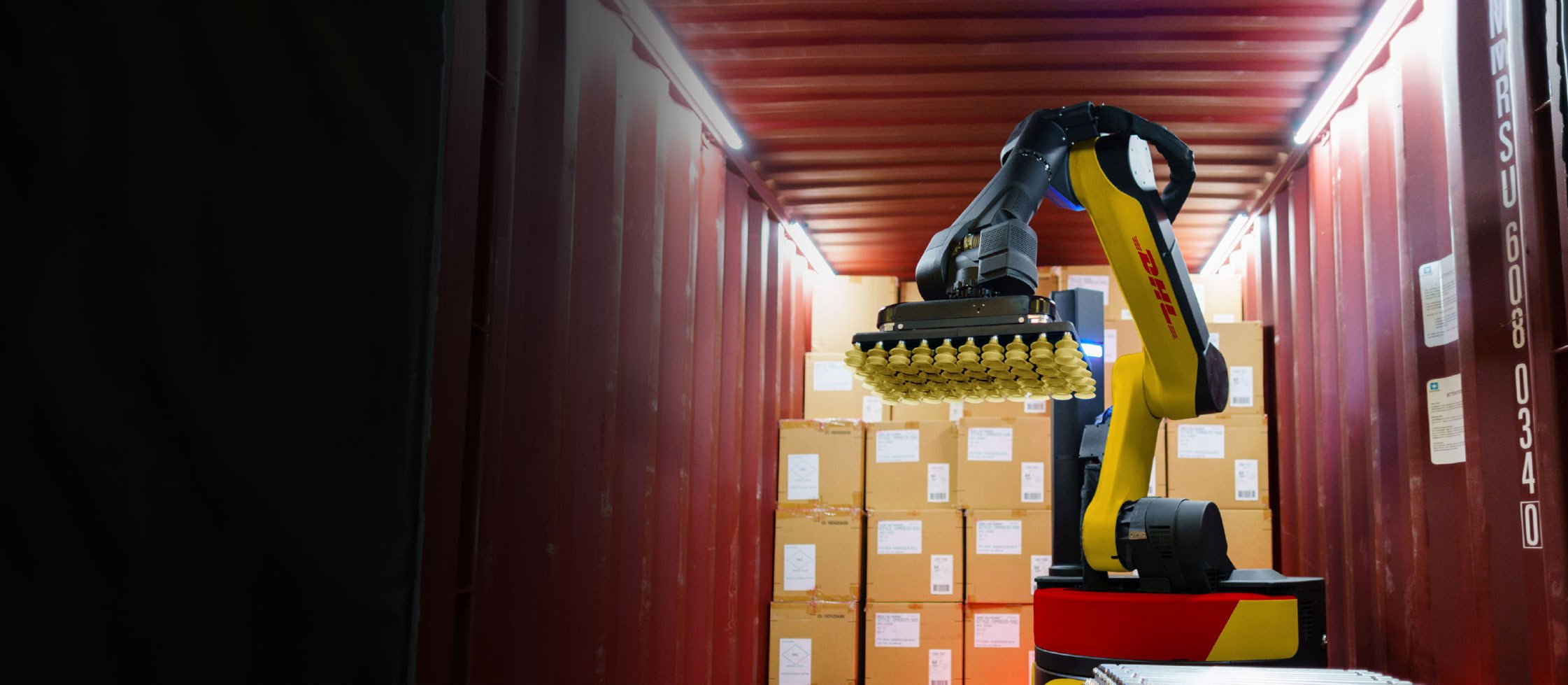



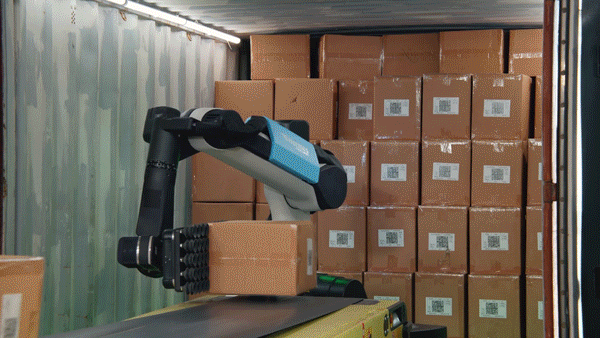

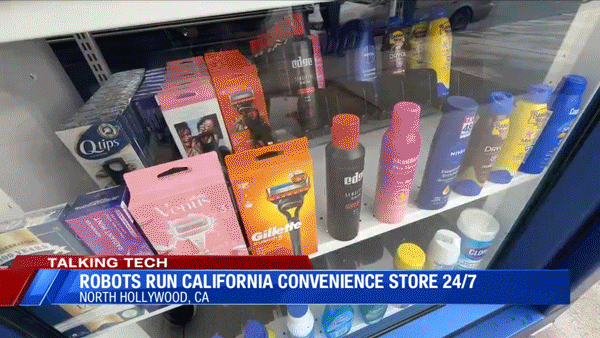







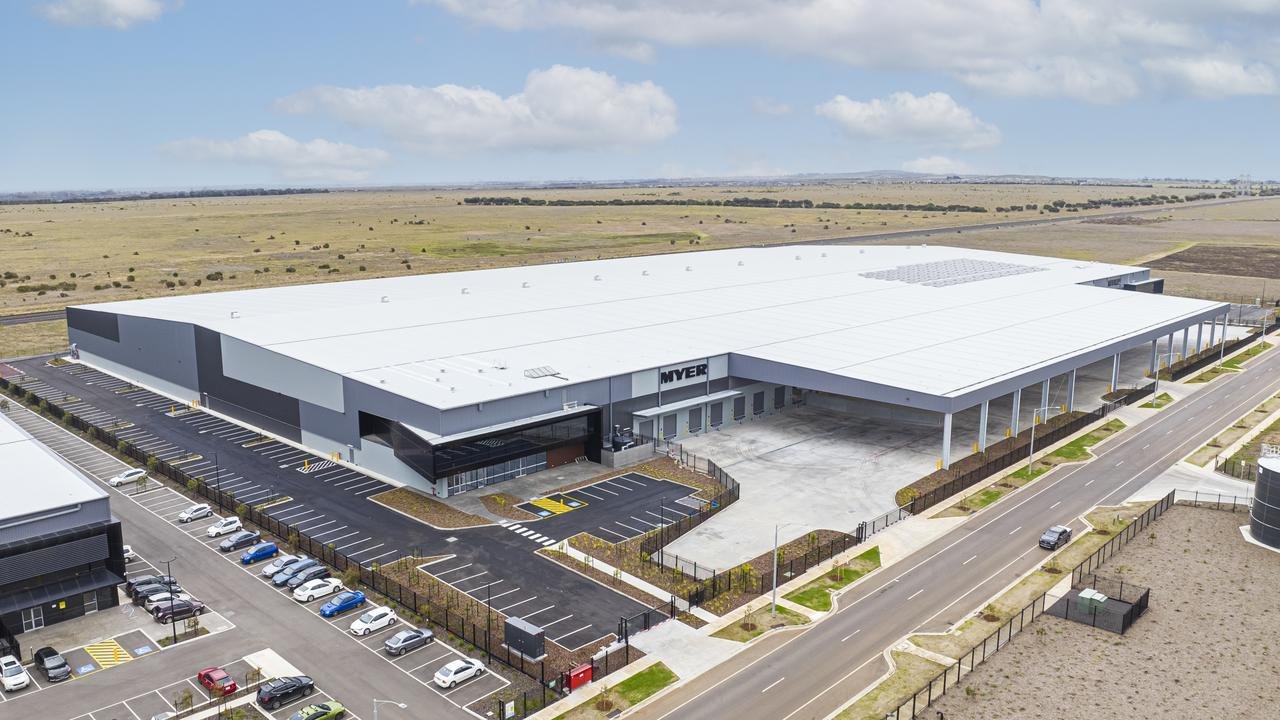

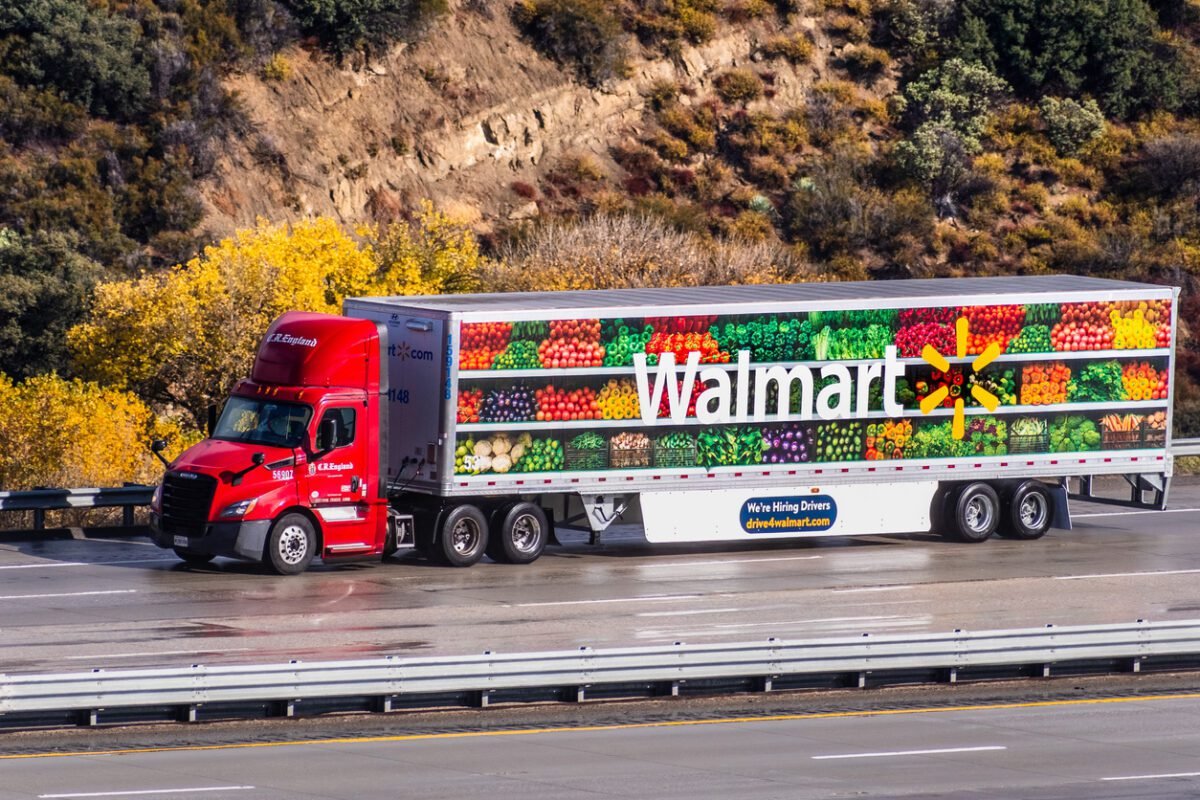


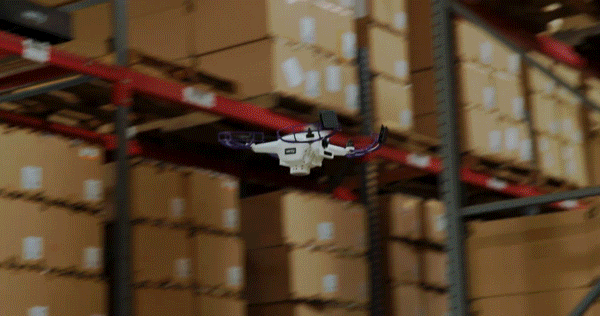
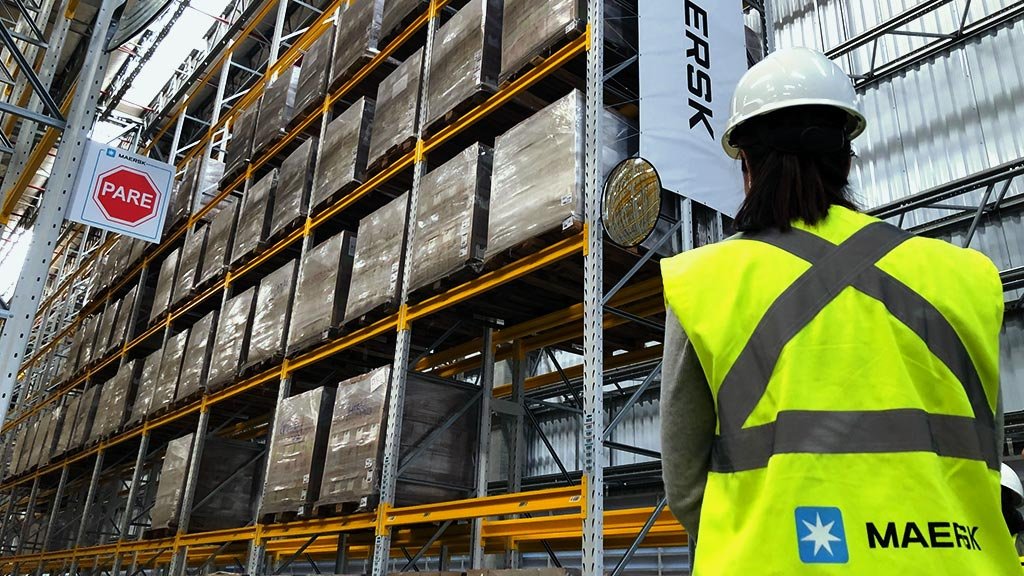






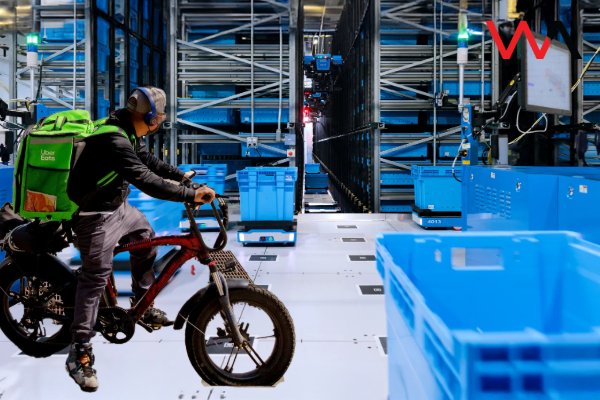
Attabotics filed for insolvency after Export Development Canada sought to enforce security over assets.